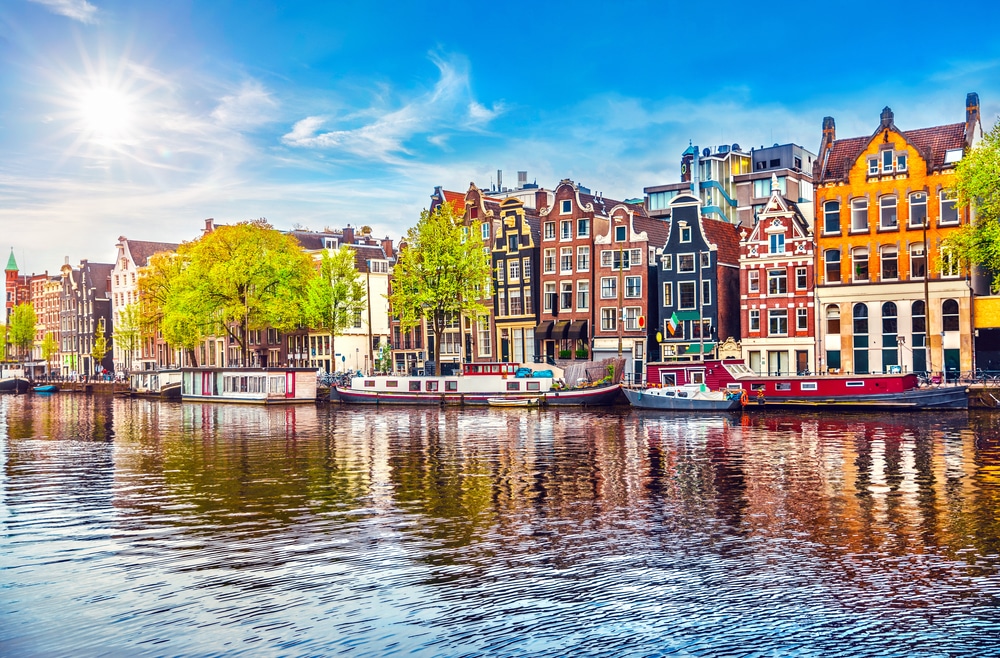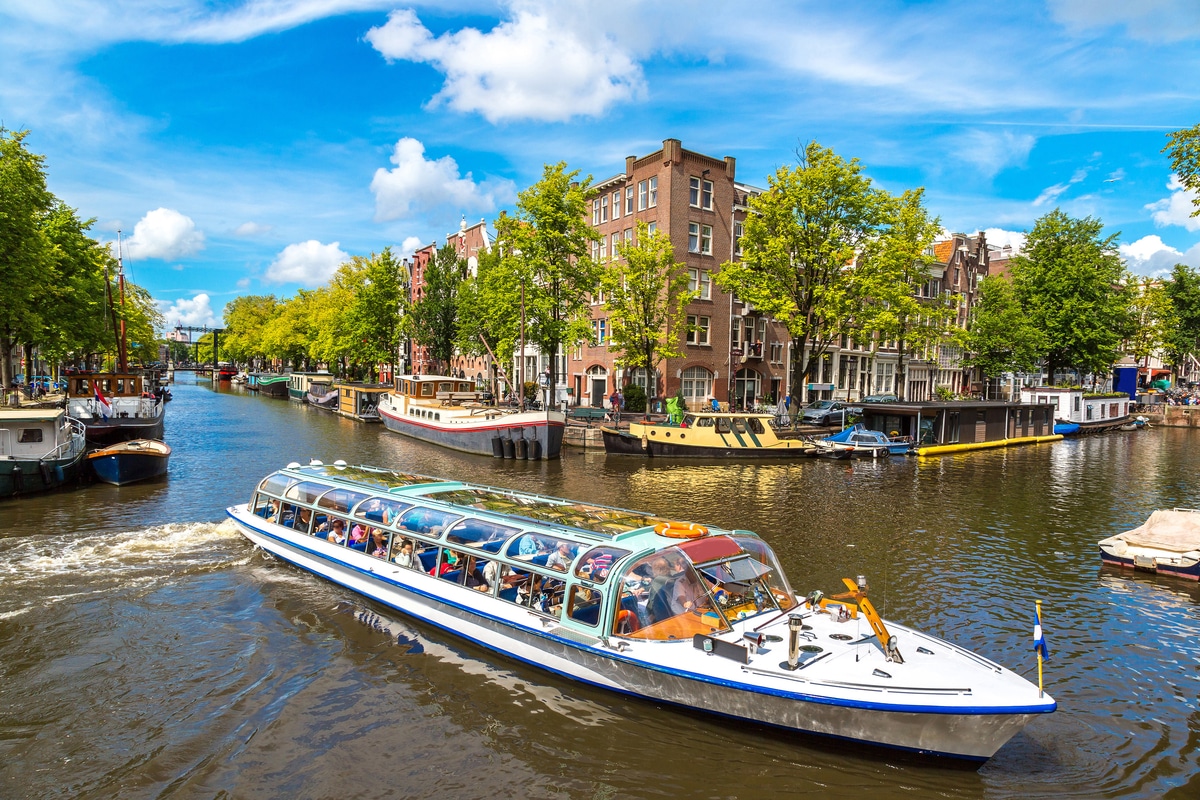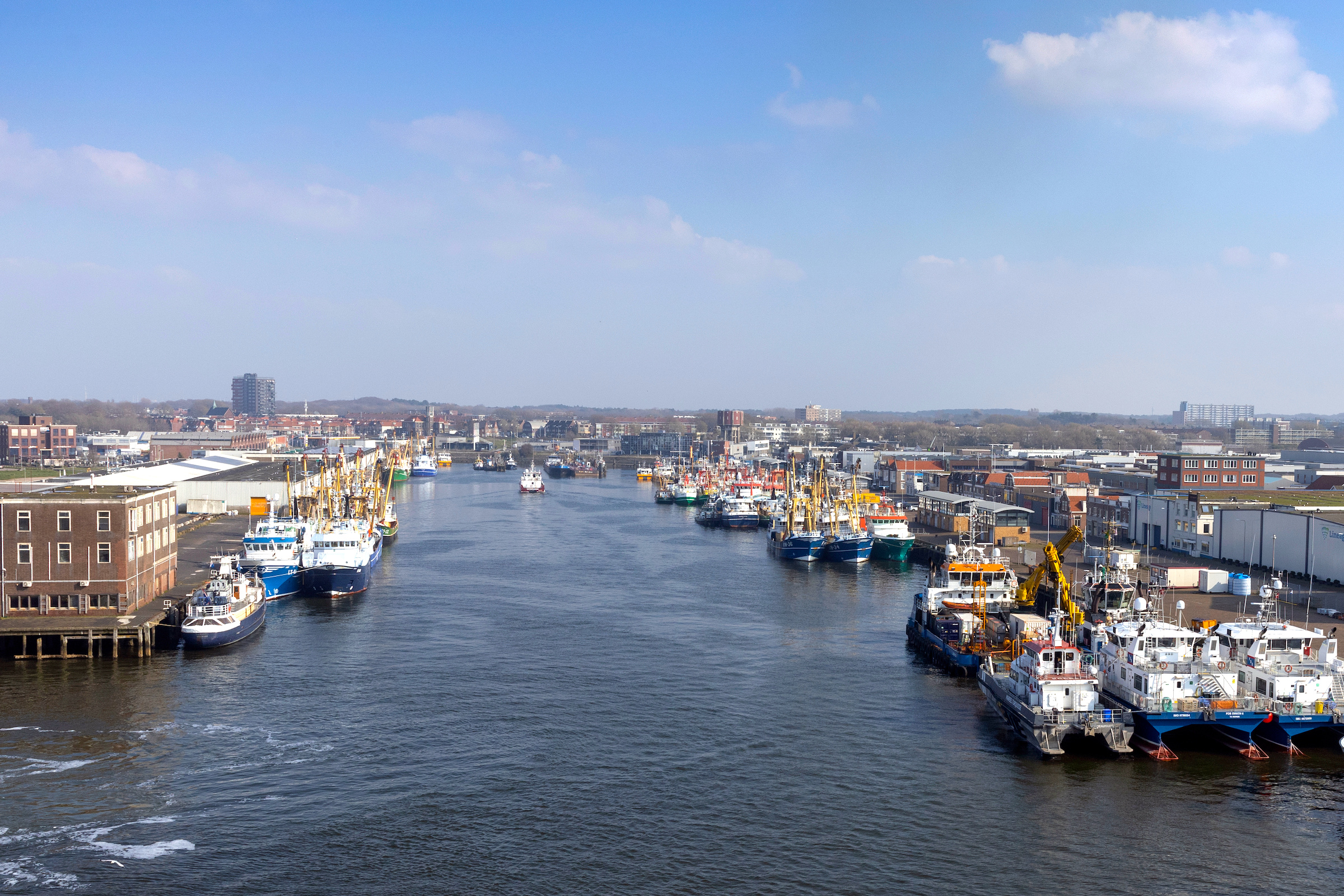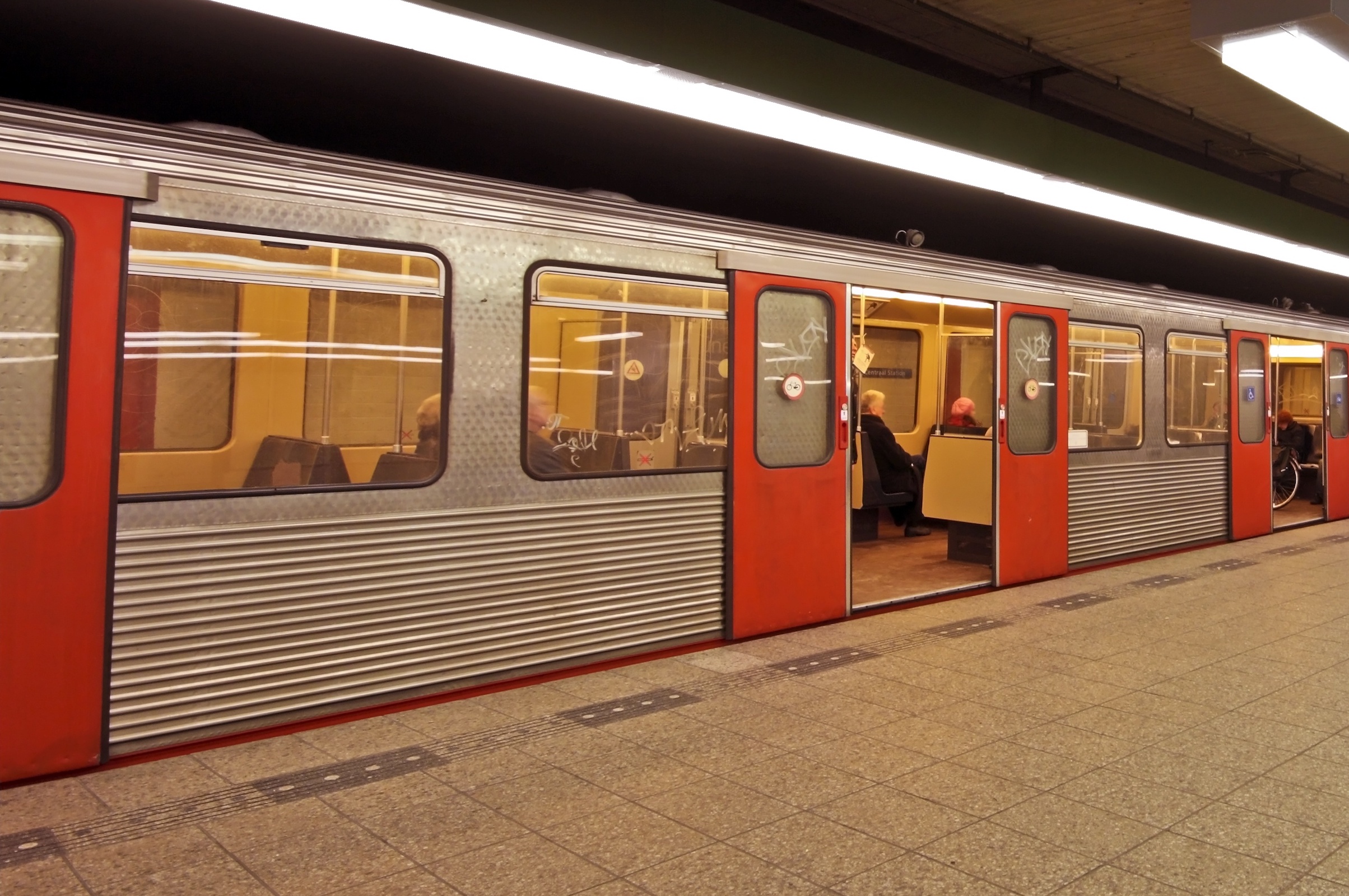- Home ›
- Netherlands ›
- Amsterdam
Museum Ons' Lieve Heer Op Solder
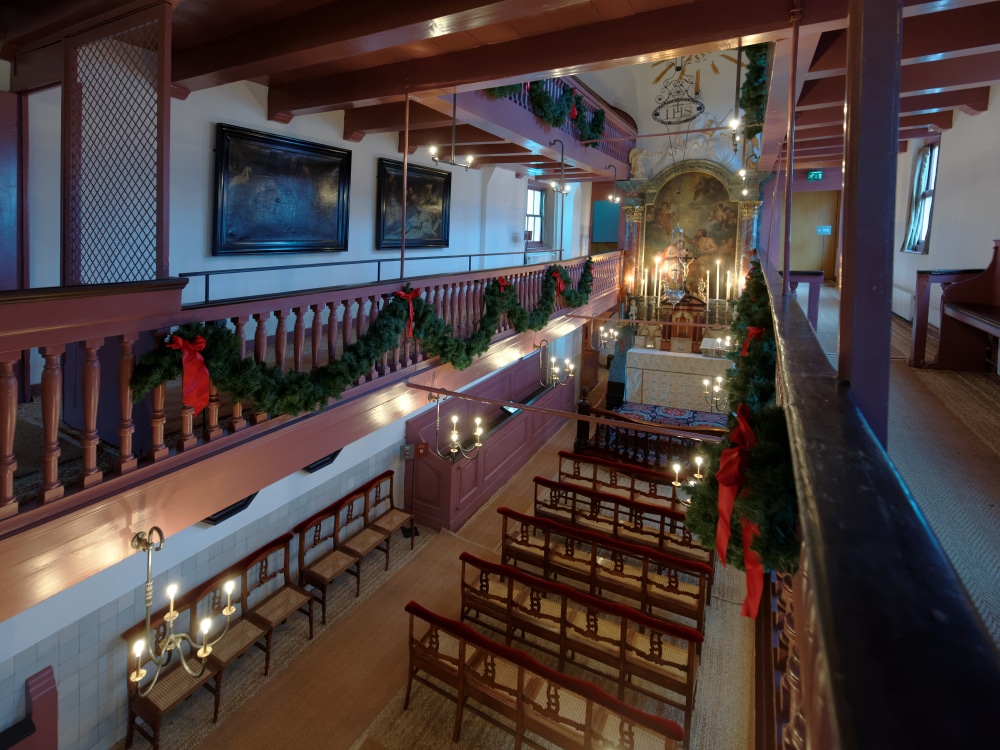
What lies behind a museum whose name translates as "Our dear Lord in the Attic"? If you want to unravel the mystery, drive to the center of Amsterdam and simply seek out the original 17th-century house at Oudezijds Voorburgwal 38.
Here he learns about a special chapter of Dutch history. Through the Reformation, the collection of Catholic services was prohibited. Thus Schuilkerk, so-called slip churches, were created. Hidden churches, which were initially set up and equipped in back houses and warehouses as provisional emergency churches, made it possible for Dutch Catholics to attend church services.
The linen merchant Jan Hartmann acquired the house and adjacent buildings for his family. In 1630, he consolidated the warehouses to create a church in the back house, which can still be visited today. Since the end of the 19th century, the place has been a museum, but is still used for weddings as well as devotions and reading of the mass on high holidays.
The other rooms of the house can be visited as a museum. They contain traditional interior of the 17th century, kitchens with Delft tiles and contemporary utensils and a beerhouse with original accessories.
